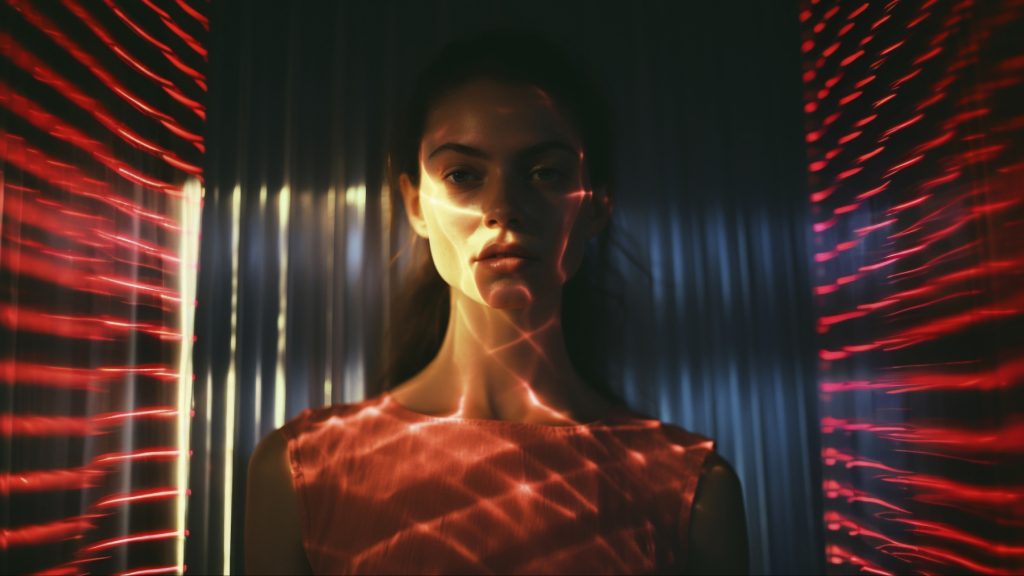
AI fashion models are gaining momentum in the industry, but not everybody is happy about it.
- Advancements in generative AI technology have resulted in increasingly lifelike models.
- AI models can personalize consumer experiences, reduce fashion waste, and create opportunities for marginalized groups within the industry.
- Their proliferation may come at the expense of people of color.
AI-generated models are now taking over the fashion industry, offering diversity and efficiency.
Generative AI has become extremely life-like. The products are still sometimes in the uncanny valley departments. They closely resemble humans in many respects but aren’t quite convincingly realistic. However, as technology evolves, the AI-generated visuals become increasingly convincing.
We’ve previously discussed at length the impact of AI on certain white collared jobs, like writing. And it won’t be long before some AI system operates an excavator as efficiently as the most experienced construction worker out there. However, there’s one job whose AI takeover should have been obvious, but alas, it was overlooked by many: Modeling.
The fashion industry is now using these AI models to diversify representation. In turn, these companies could cater to a broader spectrum of body types and demographics. Those who are all aboard the AI fashion models train argue that using AI helps personalize the consumer experience. It has the potential to reduce fashion waste. And above all else, it opens new doors for marginalized groups in the industry.
However, it’s not all ball gowns and Calvin Klein underwear. The use of these AI models in the fashion industry implies that human models, makeup artists, hairstylists, and a slew of other professionals will become redundant.
Imagine fighting for magazines to show someone that looks more like you, so you stop idolizing Victoria’s Secret body, just for the fashion industry to remove the human element altogether and just stick an AI in there.
Talking with the Associated Press, Sara Ziff, a former fashion model and founder of the Model Alliance, a nonprofit aiming to advance workers’ rights in the fashion industry, eloquently explained just how using AI toes the line of ethicality.
“Fashion is exclusive, with limited opportunities for people of color to break in,” she said. She then points out that AI may “distort racial representation and marginalize actual models of color.” The fashion industry’s use of these AI models “reveals this troubling gap between the industry’s declared intentions and their real actions.”
Historically speaking, women of color had higher glass ceilings to break through to enter modeling. While all fashion models will feel the impact of AI, people of color, regardless of gender, are the most at risk.
As the future of AI fashion models remains ambiguous, The Model Alliance is seeking legislative protections in New York State.
Inside Telecom provides you with an extensive list of content covering all aspects of the tech industry. Keep an eye on our Intelligent Tech sections to stay informed and up-to-date with our daily articles.